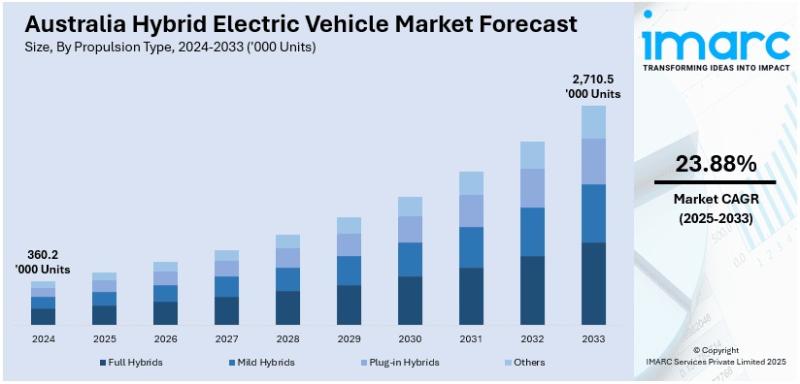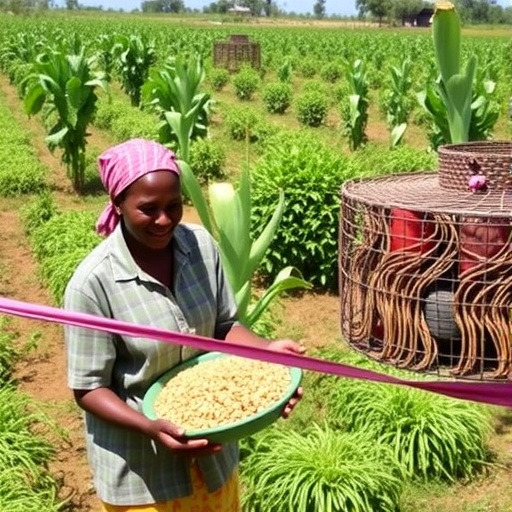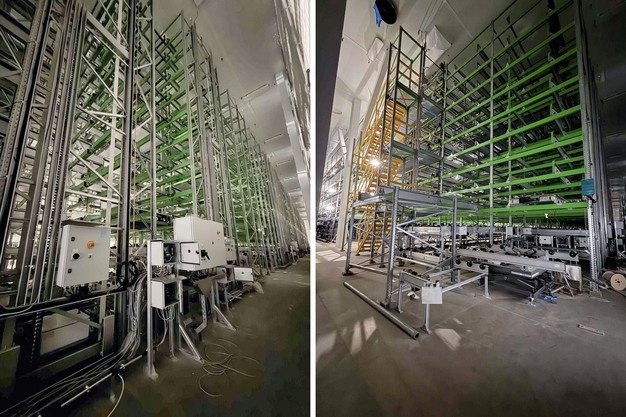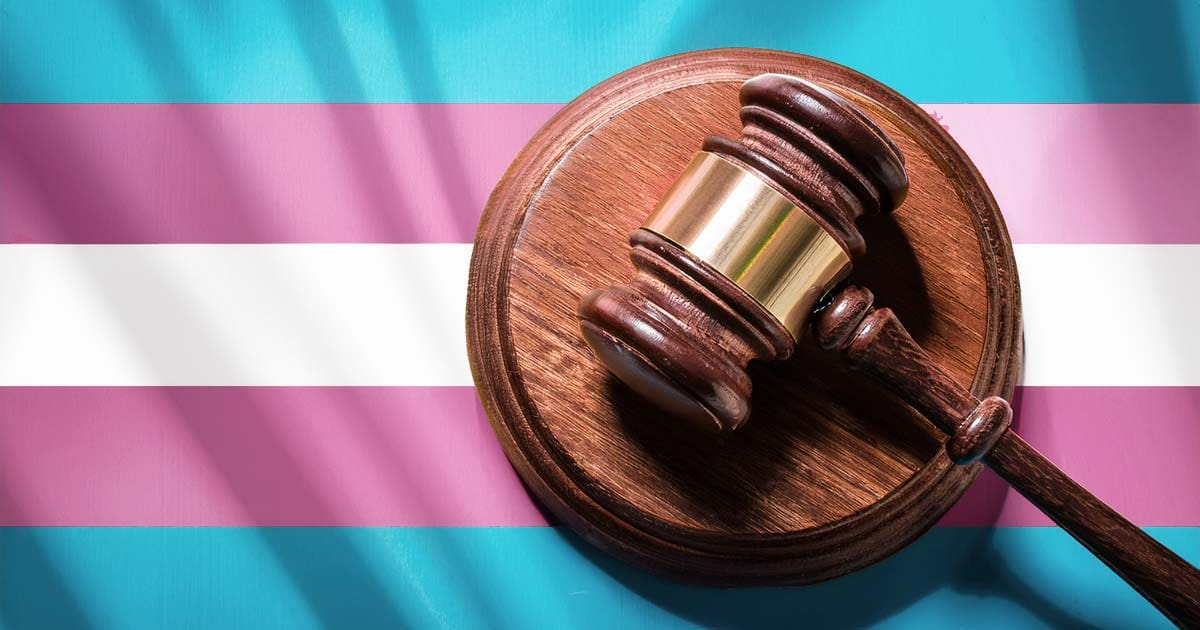Why Do We Strike – Vocal

Analysis of Industrial Strikes in the Context of Sustainable Development Goals
Introduction: The Role of Industrial Action in Advancing Global Goals
Industrial strikes represent more than disputes over compensation; they are profound declarations concerning human dignity, justice, and power dynamics. When viewed through the lens of the United Nations’ 2030 Agenda, strikes emerge as a critical mechanism for advancing several Sustainable Development Goals (SDGs). This report analyzes industrial action as a tool for achieving social equity, economic justice, and institutional accountability, aligning with the core principles of sustainable development.
Economic Justice and Foundational SDGs
The most visible demands of a strike—fair wages, safe conditions, and job security—are intrinsically linked to foundational human needs and global development targets. These actions directly contribute to the following goals:
- SDG 8 (Decent Work and Economic Growth): Strikes are a primary vehicle for workers to demand and secure decent work. They challenge exploitative labor practices and advocate for fair compensation, safe working environments, and the right to collective bargaining.
- SDG 1 (No Poverty): By demanding a living wage that can support individuals and families, strikes are a direct assault on poverty, seeking to ensure that employment provides a genuine pathway out of economic hardship.
Upholding Human Dignity and Well-being
Beyond material demands, strikes are an assertion of human value against systems that prioritize profit over people. This aligns with the holistic vision of well-being promoted by the SDGs.
- Reclaiming Humanity: A strike is a collective statement that workers are not disposable components in an economic machine but are human beings with intrinsic worth. This resists the dehumanization of labor.
- Promoting Health and Well-being (SDG 3): Demands for reasonable hours, safe equipment, and mentally healthy work environments are central to many strikes. This directly supports the goal of ensuring healthy lives and promoting well-being for all at all ages.
- Affirming Agency: The act of striking is an exercise of radical freedom and agency, where individuals refuse to be defined solely by their economic function, thereby reclaiming ownership over their existence and dignity.
A Mechanism for Justice and Reducing Inequality
Strikes function as a corrective measure when institutional channels for dialogue and justice fail. They are a powerful tool for addressing systemic imbalances and promoting a more equitable society.
- Reducing Inequalities (SDG 10): Industrial action is a fundamental response to the economic and power inequalities between capital and labor. It seeks to rebalance this relationship and ensure a fairer distribution of economic gains.
- Peace, Justice and Strong Institutions (SDG 16): When negotiations fail and communication becomes coercive, a strike becomes a form of non-violent resistance. It is a call for justice and accountability, pressuring corporations and governments to build more inclusive and responsive institutions that protect labor rights.
- Empowering the Voiceless: Strikes provide a platform for marginalized workers, including women, migrants, and those in precarious employment, to collectively voice their grievances and demand equal treatment, contributing to both SDG 5 (Gender Equality) and SDG 10.
Conclusion: Industrial Action as a Moral Imperative for Sustainable Development
To understand why people strike is to recognize the ethical and moral dimensions of labor. A strike is a line drawn to declare that human dignity, health, and fairness are non-negotiable. It is an act of hope and solidarity aimed at creating tangible change. In the context of the 2030 Agenda, the right to strike is not an impediment to economic progress but an essential tool for ensuring that development is equitable, just, and truly sustainable. It is a testament to the human spirit’s demand for a world that values people over profit, a core objective of the Sustainable Development Goals.
1. Which SDGs are addressed or connected to the issues highlighted in the article?
SDG 8: Decent Work and Economic Growth
- The article’s central theme is the nature of work and the rights of workers. It discusses demands for “higher wages,” “better benefits,” “safe working conditions,” and “job security,” all of which are core components of the decent work agenda. The text frames striking as a resistance to the “dehumanization of work” and an assertion that workers are not “mere cogs in a profit engine,” directly aligning with the principles of decent work.
SDG 10: Reduced Inequalities
- The article portrays strikes as a response to an “imbalance of justice” and the exploitation of the “laboring class.” This highlights the power disparity and economic inequality between workers and employers. By demanding fair compensation and a living wage, strikes aim to correct this imbalance, which is a key goal of SDG 10.
SDG 16: Peace, Justice and Strong Institutions
- The article describes a strike as a “correction” when “harmony collapses” due to injustice and as a “form of speech” when “open dialogue fails.” This connects to SDG 16’s focus on ensuring access to justice for all and protecting fundamental freedoms. The act of striking is presented as a last resort when institutional mechanisms for negotiation and dialogue prove inadequate or coercive.
2. What specific targets under those SDGs can be identified based on the article’s content?
-
Target 8.5: Achieve full and productive employment and decent work for all… and equal pay for work of equal value.
The article’s references to “fair compensation” and a “living wage” directly address the call for decent work and fair pay. The philosophical argument that a worker’s life has inherent worth (“What is a life worth?”) supports the principle of remuneration that provides a decent living.
-
Target 8.8: Protect labour rights and promote safe and secure working environments for all workers…
This target is clearly identified through the article’s mention of demands for “safe working conditions” and “job security.” Furthermore, the entire act of striking is an exercise of fundamental labor rights (freedom of association and collective bargaining), which this target aims to protect.
-
Target 10.4: Adopt policies, especially fiscal, wage and social protection policies, and progressively achieve greater equality.
The struggle for “higher wages” and “better benefits” described in the article is a direct call for the implementation of wage and social protection policies that would reduce economic inequality between the laboring class and the owners of capital.
-
Target 16.10: Ensure public access to information and protect fundamental freedoms…
The article explicitly frames striking as a “form of speech, especially for those whose voices are often ignored” and a manifestation of “radical freedom.” This aligns with the protection of fundamental freedoms, such as freedom of expression and association, which are essential for a just society.
3. Are there any indicators mentioned or implied in the article that can be used to measure progress towards the identified targets?
-
Indicator 8.8.2: Level of national compliance with labour rights (freedom of association and collective bargaining).
The article is centered on the act of striking, which is a fundamental aspect of collective bargaining and freedom of association. The ability of workers to strike without facing “legal risks” or “violence” is a direct measure of compliance with this indicator.
-
Indicator 8.5.1: Average hourly earnings of female and male employees…
The demand for a “living wage” and “fair compensation” implies that the level of wages is a key concern. This indicator, which measures average earnings, would be used to track progress toward providing wages that are fair and sufficient for a decent life.
-
Indicator 8.8.1: Frequency rates of fatal and non-fatal occupational injuries.
The call for “safe working conditions” directly implies that the rate of workplace accidents and injuries is a critical measure of whether work environments are safe and secure for employees.
-
Indicator 10.4.1: Labour share of GDP, comprising wages and social protection transfers.
The article’s framing of the issue as “people over profit” and a struggle over fair compensation relates to how economic output is distributed. This indicator measures the portion of a country’s income that goes to workers’ wages and benefits, reflecting the economic balance of power discussed in the text.
4. Create a table with three columns titled ‘SDGs, Targets and Indicators” to present the findings from analyzing the article. In this table, list the Sustainable Development Goals (SDGs), their corresponding targets, and the specific indicators identified in the article.
| SDGs | Targets | Indicators |
|---|---|---|
| SDG 8: Decent Work and Economic Growth |
Target 8.5: Achieve full and productive employment and decent work for all… and equal pay for work of equal value.
Target 8.8: Protect labour rights and promote safe and secure working environments for all workers… |
Indicator 8.5.1: Average hourly earnings…
Indicator 8.8.1: Frequency rates of fatal and non-fatal occupational injuries… Indicator 8.8.2: Level of national compliance with labour rights (freedom of association and collective bargaining)… |
| SDG 10: Reduced Inequalities | Target 10.4: Adopt policies, especially fiscal, wage and social protection policies, and progressively achieve greater equality. | Indicator 10.4.1: Labour share of GDP… |
| SDG 16: Peace, Justice and Strong Institutions | Target 16.10: Ensure public access to information and protect fundamental freedoms… | The act of striking itself is an implied indicator of the exercise of fundamental freedoms when other institutional mechanisms for dialogue fail. |
Source: vocal.media

What is Your Reaction?
 Like
0
Like
0
 Dislike
0
Dislike
0
 Love
0
Love
0
 Funny
0
Funny
0
 Angry
0
Angry
0
 Sad
0
Sad
0
 Wow
0
Wow
0



























































.jpg?#)
















